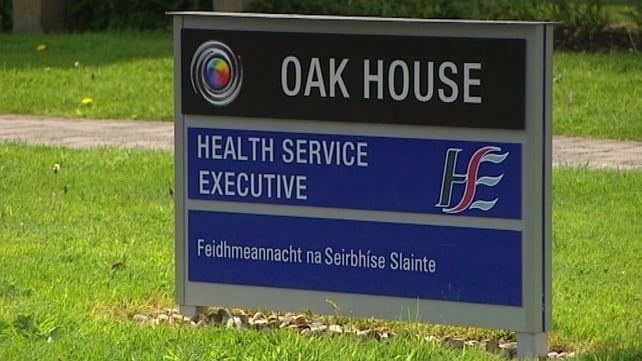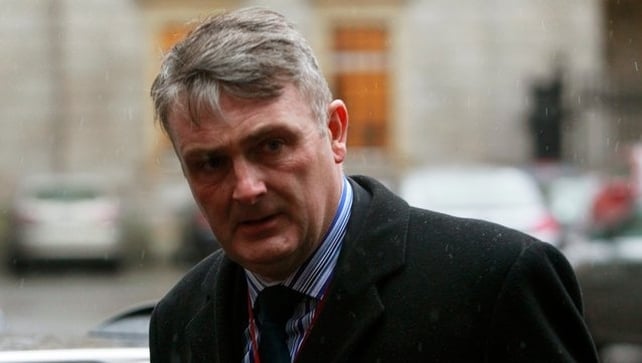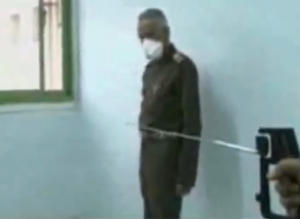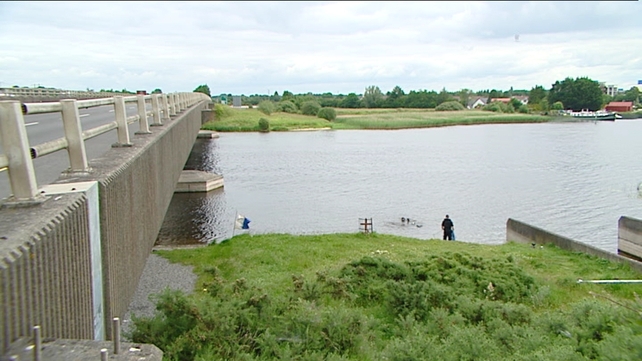The National Archives of Ireland contain just a few snippets, but they are enough to make clear that State officials in 1950s Ireland knew the country was a centre for illegal international baby trafficking.
The number of children involved can’t even be guessed at, but we can be sure they were all “illegitimate”.
FACEBOOK GROUP: https://www.facebook.com/groups/avoiceforfirstmothers/
FOR THE FULL STORY Go To - LINK:
Ireland was regarded as a “hunting ground”, in the words of a senior civil servant, where foreigners in search of babies could easily obtain illegitimate children from mother-and-baby homes and private nursing homes, then remove them from the State without any formalities.
There were both legal and illegal adoptions. During the 1950s up to 15 per cent of all illegitimate Irish children born in mother-and-baby homes each year were taken to the
United States with the full knowledge of the State. In total more than 2,000 illegitimate children were removed from the country in this way. Most were adopted by wealthy American Catholics.
But it seems that hundreds, if not thousands, more children were taken from the country without sanction or public record-keeping. Many were handed to foreigners. On October 8th, 1951, The Irish Times reported that in the previous year “almost 500 babies were flown from Shannon for adoption”, a number that the paper said “is believed to have been exceeded” during the first nine months of 1951. In the first week of October alone, it reported, 18 “parties” of children departed from the airport.
These figures far exceed the number of official “adoption passports” issued to let adoptive parents take children out of Ireland. In the whole of 1951 only 122 such passports were issued, a fraction of the number of children actually taken from the State.
Some children were handed over to men travelling alone, as when a US businessman left, after a brief visit to Ireland in 1949, with two toddlers from the Braemar home in Cork. The New York Times called it “a surprise for the wife”. The same year a US airman was given two children to take home by the Sacred Heart nuns at Manor House mother-and-baby home, in Castlepollard. This was reported in three US newspapers.
On February 2nd, 1955, one American newspaper, the New Haven Register, carried a startling story under the headline “50 American couples buy Irish babies through international adoption ring”. Claiming a senior garda as its source, the article said the Americans paid between $600 and $2,000 per child. The children had reportedly come from private nursing homes around Ireland, including five in Dublin.
“Could not truthfully be refuted”
When the Department of External Affairs asked the special detective unit to comment on the article, the only claim it disputed was that the paper’s source was a garda.
Higher up the legal pecking order, the secretary of the Department of Justice, Peter Berry, advised that the story “could not truthfully be refuted” because there was “some basis for the allegation in question”.
Three years earlier a German newspaper, 8 Uhr Blatt, had carried a somewhat similar exposé headlined “1,000 children disappear from Ireland”. Many of the children, it was suspected, were destined to be sold on the United States’ thriving baby “black market”, where the going price was $3,000 a child, according to the newspaper. On this occasion the Irish chargé d’affaires in Bonn, Aedan O’Beirne, wanted to insist that the paper “publish a rebuttal of the story”, but his superiors in Dublin noted that “no action is required, especially as the article is largely correct”.
With the authorities determined to keep the scandal under wraps, the traffickers were pursued without vigour, and the children, whose welfare seemed of little concern to the State, were abandoned to their fate.
The scandal continued into the 1960s when a Garda investigation into another illegal adoption racket – one police believed was run by a prominent Irishman – led to the prosecution of a Dublin midwife, Mary Keating, who had also been involved in the 1950s venture. Keating was interviewed as part of a special-branch operation in the 1950s, along with birth mothers. At that time, special branch also communicated with adoptive parents in the US.
Keating owned St Rita’s nursing home in Ranelagh, and in 1965 she was put on probation for falsifying a birth record. But behind this seemingly technical charge lay an enterprise involving private nursing homes that ran a sideline business providing “illegitimate” babies, born in their homes, to people who, for whatever reason, couldn’t or didn’t want to adopt legally. Their modus operandi was simple. Instead of registering the baby in the name of its unmarried mother, as the law required, they registered it in the name of the couple to whom the baby was given, a serious criminal offence.
The falsification process is outlined in a letter from St Rita’s to a prospective adoptive parent in the US. It is also logged in detail in the Irish special-branch report. The New Haven Register article from 1955 describes the situation for US military personnel, who accounted for many of the adoptions. “To adopt a baby the American soldier and his wife would travel to Dublin, where the wife checked in to the nursing home as an expectant mother. An Irish woman would actually bear the child, but the birth would be registered in the name of the American.”
“The impact of this practice has been devastating for many people,” says Christine Hennessey of Barnardos, the children’s charity, because “it is almost impossible for them to find out anything about their background” – something many adopted people yearn for and the rest of us take for granted.









